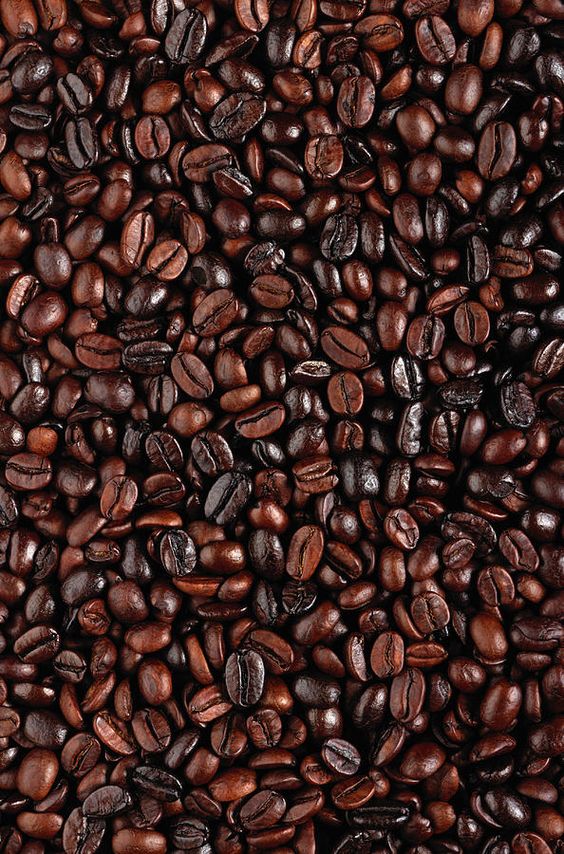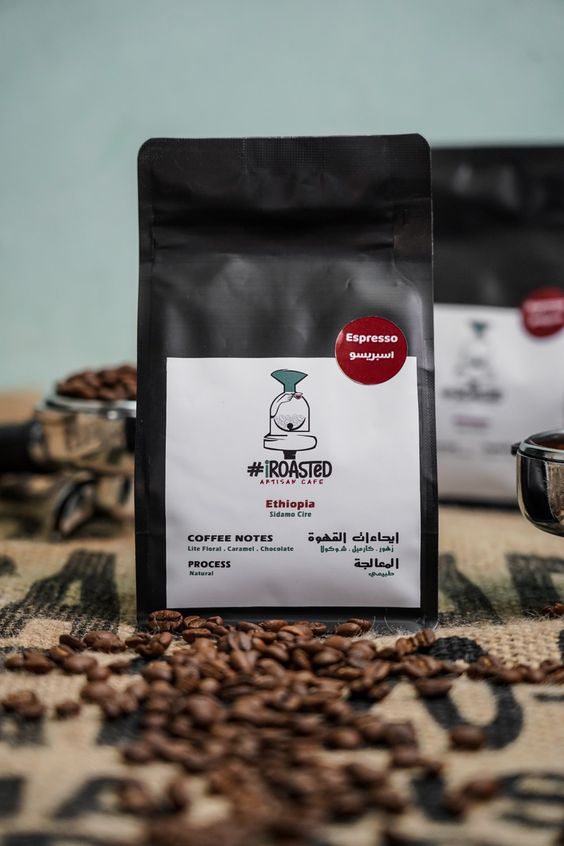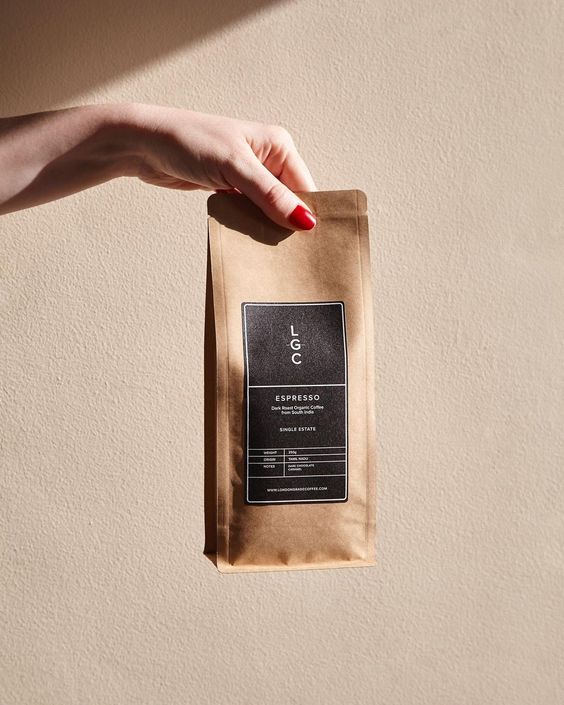
What you can find in this article:
INTRODUCTION
Are you looking for ways to live a more sustainable life? We got you! A reader like you is definitely a coffee lover! Hey, no judging, we are all coffee lovers. And we love an iced coffee during the summer heat. But when it comes to recycling your coffee packaging, things can get tricky.
Creating a sustainable lifestyle is tricky but you’re doing your bit for our Earth! So kudos to you.

Coffee beans, coffee grounds, or roasted coffee, they all come in different packagings. These different types of packaging consists of various products and materials. In the blog below, we talk about how you can recycle your coffee packaging and filters. So, they don’t end up in a dump and damage our planet.
First things first, you need to figure out what kind of packaging is being used in your coffee. Understanding what materials are being used is important. Once you figure out the materials used in your coffee packaging, you’ll be able to recycle better. There are many kinds of recyclable coffee bags, such as compostable bags, aluminium foil tin, plastic coffee bags, hard plastic bags, etc. If you have taken upon the environmental responsibility to use the best practices for recycling packaging waste, you’re in the right place!
Why is coffee packaging made of different materials?
Figuring out the Type of Packaging
The main purpose of your coffee packaging is to preserve the flavour and aroma of the coffee beans. It is difficult for coffee retailers to find packaging that is eco-friendly because of the same.
Many coffee bags offer a blend of functionality and freshness. Coffee bags combine aluminium foil or plasic, paper or cardboard, making them durable, compact, and easy to store. However, these mixed materials are difficult to separate and often can’t be recycled effectively, raising environmental concerns.
Metal tins provide a more eco-friendly alternative. Made from a single material, they’re readily recyclable. However, their larger size and weight make them less cost-effective for coffee roasters, leading to limited availability for consumers.
Individual coffee pods, similar to bags, often use aluminum, plastic, or a combination of both. This also creates challenges for recycling.

Recycling Coffee Packaging
Not all coffee packaging is created equal when it comes to recycling. Here’s a breakdown to help you dispose of your coffee packaging responsibly:
Composite packaging
If you are using Foil or plastic-lined coffee bags, they can’t be recycled through your local council’s recycling programme. So you will have to throw these away in the usual way. And even if you do have a kraft paper coffee pouches with plastic or aluminium on the inside, you can’t recycle this. These types of coffee bags packaging are known as composite packaging. Where the two materials can’t be separated. The recycling efforts of TerraCyclers can offer some coffee packaging recycling programs. So you should check with them as to whether they can recycle the material type packaging you have.
Kraft paper

Kraft paper packaging is a good option when it comes to recycling. If the packaging material is untreated kraft paper, then it’s completely compostable and biodegradable. So, you can throw the kraft paper coffee pouch. Either in your compost bin or recycled with paper products through your local recycling pick-up. However, contamination is a concern with many recyclable products. It can become hazardous waste, so it’s important that you wash off any residual coffee before putting coffee pouch in the local recycling facility.
PLA packaging
Polylactic acid packaging is made from raw materials like maize, sugarcane or corn starch. It is produced through a fermentation process that results in a plastic-feeling product made from natural raw formats/ materials. It’s a strong and durable product that protects the coffee. It’s become a popular choice among coffee roasters in recent years.
PLA is made from eco-friendly materials that requires less energy to produce and is biodegradable at the end of its use. It can decompose in 90 days in the right conditions. Also, it is far more environmental friendly than a petroleum-based plastic that take thousands of years to decompose. PLA packaging can be composted at home. However, this takes longer than at a specialised facility, and it can also be taken to a specialise recycling centre in your city.
LDPE packaging
Low-density polyethylene is a flexible, durable and sustainable solution for coffee roasters. It takes just one layer of this material to protect the contents, compared to several layers of other materials. Which makes it lighter and easier to recycle. For the consumers, LDPE packaging is much simpler to dispose. It’s less prone to contamination and easier to recycle.There are many dedicated facilities for recycling LDPE products.
Conclusion
Understanding your coffee packaging and how to recycle it properly is key to reducing waste and helping the planet. By knowing what materials your packaging is made of and how to dispose of it correctly, you can make a real difference in fighting the climate crisis. Sustainability is about more than just protecting the environment. It’s about finding ways to balance environmental health, social well-being, and economic prosperity.
Creating a sustainable future also means designing products with longevity and recyclability in mind. Packaging that’s durable, easy to recycle, and has a minimal environmental impact is part of building a circular economy where resources are used efficiently.
Empowering consumers with information about sustainable packaging options and recycling practices is crucial. Encouraging choices like using reusable containers and supporting eco-conscious brands can make a big difference in reducing waste. Sustainability is a team effort that requires cooperation from everyone. By adopting sustainable practices in our daily lives, we can all play a part in creating a healthier planet for generations to come.
Author: Shivangi
Visual edit: Kinga